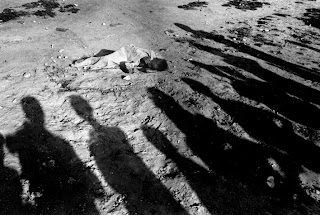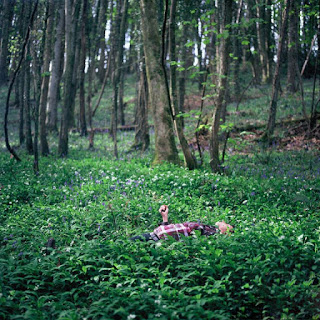“Today, in 2012 Post Industrial Britain, if
we believe all that we read in the newspapers, we would be forgiven for
thinking the rise in the culture of “Individualism”, the decline in “Family
Values” and the dominance of the Internet in all our lives has resulted in the
concept of “community” being lost forever. Whilst some of this may be true it
is also true to say that the notion of “community”, whilst more diffused now
than ever, is still very much part of our daily lives.”
The above quote is taken from the
introduction to our current project, written by my lecturers. Since the
introduction of my course in 1973, Documentary Photography at UWN has always
had a strong connection to the community, and with Britain proclaiming the
‘death of community’ in 2012, it seems appropriate to focus our attention on
exploring, not only if this accusation is true, but also why, when and how?
In groups of 6 (or so), we discussed the
big question – What is a Community?
The dictionary defines it:
noun, plural com·mu·ni·ties.
1. a social
group of any size whose members reside in a specific locality, share
government, and often have a common cultural and historical heritage.
2. a
locality inhabited by such a group.
3. a social,
religious, occupational, or other group sharing common characteristics or
interests and perceived or perceiving itself as distinct in some respect from
the larger society within which it exists (usually preceded by the ):
the business community; the community of scholars.
4. a group of men or women leading a common life
according to a rule.
For me, 'Community' holds a more personal meaning. It's a source of support, of love, of friendship. It can branch gaps unseen, and can help a group of people unify with one voice. It is the feeling of belonging, of safety and of home.
For others, it's family, it's neighbours, it's your social circle or it's simply 'a group of individuals that happen to be in the same place at one time'.
What does “Community” mean to you?
You'll hear more about this project over the next couple of months, it's taking up such a large amount of my time right now, it would be silly not to mention it! Also, whilst researching around this theme, I have discovered a fair few interesting photographers who I will definitely write about. Their work is inspiring, I'm sure you'll love it. In the meantime, here's a sneak peak...
Taken from Wendy Ewald's 'Towards A Promised Land'


















